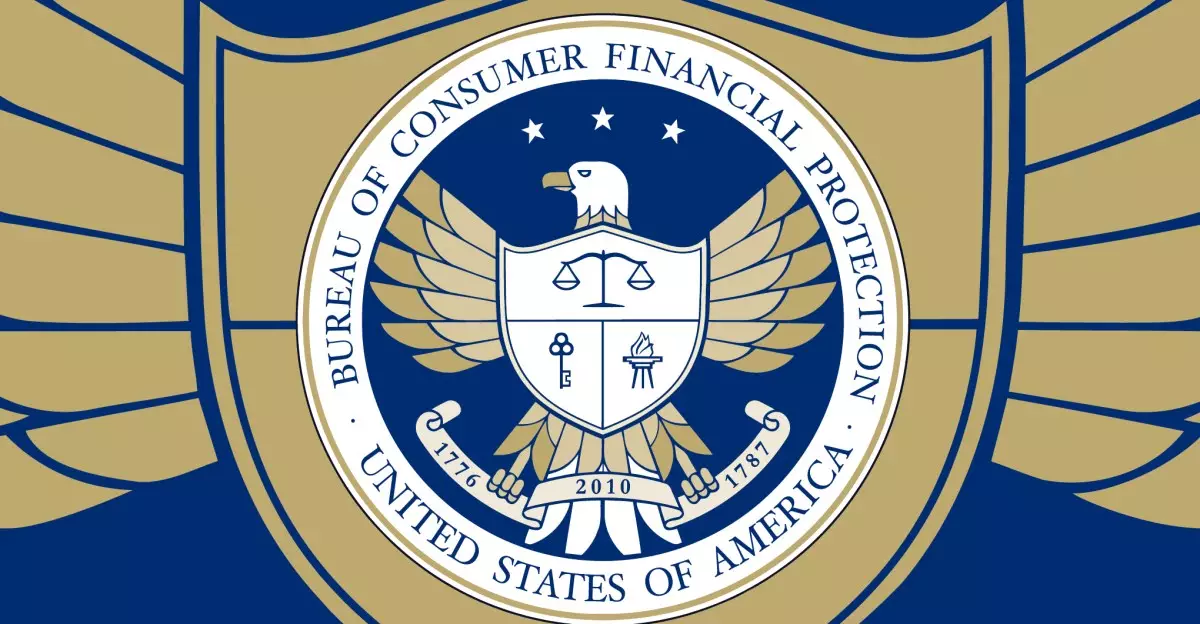In the high-stakes arena of government employment, the recent turmoil at the Consumer Financial Protection Bureau (CFPB) has drawn critical attention. After a slew of terminated probationary and temporary employees, a court ruling prompted an unexpected reinstatement for many. However, despite the glimmer of hope that this reinstatement brings, many employees find themselves in a perplexing limbo—technically employed but unable to fulfill their roles effectively. This incident raises pressing questions about organizational integrity, governmental efficiency, and the ethical frameworks guiding employment practices in public service.
The Court’s Intervention: A Necessary Measure
The reinstatement of about 70 probationary employees serves as a judicial affirmation of the rights of government workers, underscoring the need for due process in employment matters. These workers, who are still in their probationary periods, were unceremoniously terminated as part of sweeping cuts by the Department of Government Efficiency, led by Elon Musk appointees. Such abrupt dismissals not only jeopardized the livelihoods of these individuals but also cast a shadow over the operational stability of an agency built on consumer protection. The court’s decision serves as a reminder that checks and balances extend beyond the usual political realm; they are also vital in protecting the individual rights of employees within the government sector.
Reinstatement Without Reinstatement: The Quandary of Administrative Leave
While the reinstatement notices are a step in the right direction, the fact that many employees remain on administrative leave complicates the narrative. This status, often referred to as “paid leave,” does not restore their access to work-related systems or the necessary equipment needed to perform their duties. Employees received letters stating their responsibilities would be reinstated, yet the vague wording raises apprehensions about the actual implications. The absence of clarity around their roles during this transitional period is not just an administrative oversight; it represents a fundamental breakdown in communication and organizational transparency. For a bureau that advocates for consumer rights, it is troubling to see that its internal practices seem to neglect employee welfare.
The Role of the Union: Advocating for Justice
The predicament faced by reinstated employees is compounded by the actions of the union representing CFPB workers. Their legal battles highlight the ongoing concerns regarding the sustainability of the Bureau itself, especially in the face of efforts to diminish its staffing levels under previous administrations. With reported plans to reduce the workforce by more than 1,000 employees, the union’s role as a mediator becomes all the more critical. They are not merely fighting for individual rights; they are safeguarding the integrity of the institution that plays a vital role in regulating the financial industry. It is essential for labor organizations to take a stand and advocate fiercely for their members in instances where job security is threatened.
The Frayed Trust in Leadership
As the turmoil unfolds, the reaction of the CFPB’s acting leadership provides a mixed narrative. While some officials express hope for stabilization under new management, testimonies from employees involved in the mass firings state that plans for significant cuts remain unchanged. This dichotomy breeds skepticism among employees and stakeholders alike about the Bureau’s commitment to its mission and staff. The message that rings through these developments is clear: leadership is not just about management and organizational goals; it is equally about fostering a culture of trust and accountability.
The ongoing saga within the CFPB serves as a microcosm of the broader implications surrounding government employment practices. It emphasizes that the repercussions of administrative decisions reach far and wide, affecting not just the individual lives of employees but also the institutional fabric that holds agencies together. As the dust settles, it is imperative for all stakeholders—including employees, management, courts, and unions—to come forth with a renewed commitment to ensuring fairness and transparency in public service employment. This moment represents not only a challenge but also an opportunity for reform in how government agencies operate and treat their personnel. The success of such transformative efforts could reinvigorate public trust in government institutions and reaffirm the value of every employee’s contribution to public welfare.

